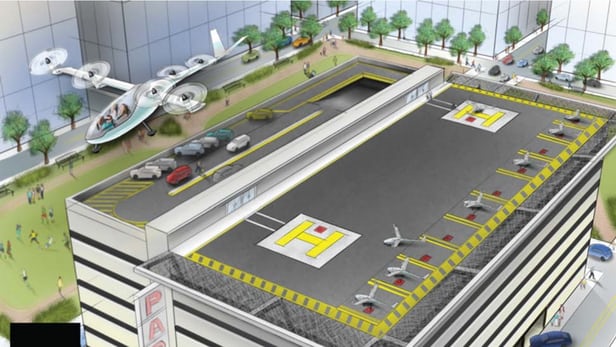
Breaking News
 WOW Canada Is UPPING ITS KILLING EFFORTS By Building SECRET DEATH DENS...
WOW Canada Is UPPING ITS KILLING EFFORTS By Building SECRET DEATH DENS...
 "This Is What They Don't Want You To Know" | Whitney Webb
"This Is What They Don't Want You To Know" | Whitney Webb
 Refueling a NUCLEAR REACTOR - Smarter Every Day 311
Refueling a NUCLEAR REACTOR - Smarter Every Day 311
 My Exclusive Interview With Benjamin Netanyahu! (You didn't see this coming)
My Exclusive Interview With Benjamin Netanyahu! (You didn't see this coming)
Top Tech News
 The 6 Best LLM Tools To Run Models Locally
The 6 Best LLM Tools To Run Models Locally
 Testing My First Sodium-Ion Solar Battery
Testing My First Sodium-Ion Solar Battery
 A man once paralyzed from the waist down now stands on his own, not with machines or wires,...
A man once paralyzed from the waist down now stands on his own, not with machines or wires,...
 Review: Thumb-sized thermal camera turns your phone into a smart tool
Review: Thumb-sized thermal camera turns your phone into a smart tool
 Army To Bring Nuclear Microreactors To Its Bases By 2028
Army To Bring Nuclear Microreactors To Its Bases By 2028
 Nissan Says It's On Track For Solid-State Batteries That Double EV Range By 2028
Nissan Says It's On Track For Solid-State Batteries That Double EV Range By 2028
 Carbon based computers that run on iron
Carbon based computers that run on iron
 Russia flies strategic cruise missile propelled by a nuclear engine
Russia flies strategic cruise missile propelled by a nuclear engine
 100% Free AC & Heat from SOLAR! Airspool Mini Split AC from Santan Solar | Unboxing & Install
100% Free AC & Heat from SOLAR! Airspool Mini Split AC from Santan Solar | Unboxing & Install
 Engineers Discovered the Spectacular Secret to Making 17x Stronger Cement
Engineers Discovered the Spectacular Secret to Making 17x Stronger Cement
Elevate: Uber plans to add 170-mph VTOL flying taxis to its on-demand transport mix

Now, it's released a fantastic 97-page white paper detailing exactly how it wants to integrate electric VTOL multirotor air taxis into its mid-range transport system.
The full document makes fantastic reading for the future-focused. In it Uber leaves no doubt that it believes electric air taxis will be viable, safe and in many cases, both faster and cheaper than cars over a certain distance. Here's a summary of the points we found most interesting.
What will VTOL air taxis look like?
In order to meet the key goals of the Uber Elevate program (safety, efficiency, low cost, minimal noise and disruption, minimal infrastructure) the team has zeroed in on some highly likely design parameters.
Firstly, they'll be electric multirotors, using multiple small rotors instead of a single larger one like a helicopter. This helps keep the noise down (Uber is hoping for around 67 dB at a 250-ft (76-m) altitude, which is around the level of a normal spoken conversation), but multiple rotors also increase stability, ride comfort and redundancy in case of motor failure, not to mention the ability to deal with unbalanced loads like having a passenger on one side and an empty seat on the other.



